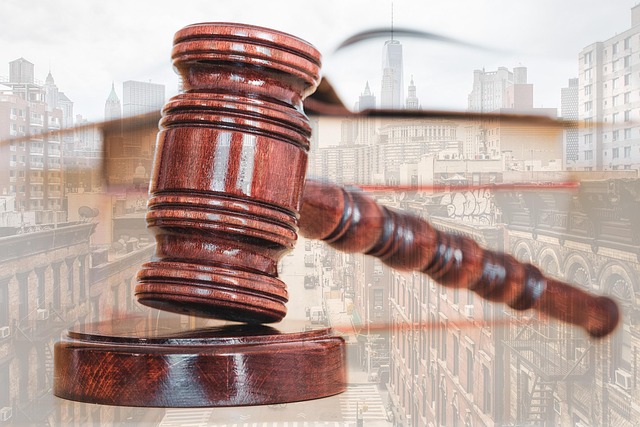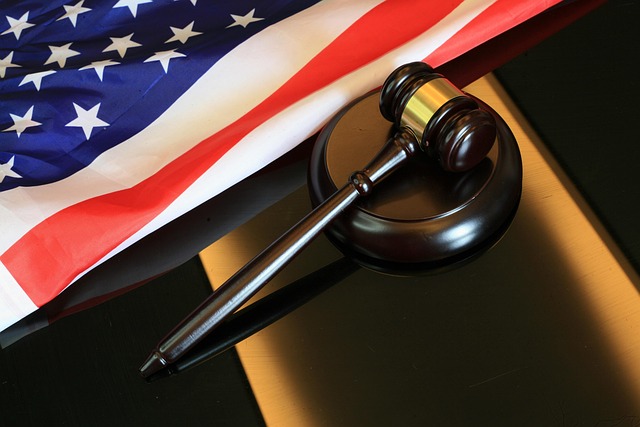The Class Action Lawsuit Settlement Process Explained involves identifying plaintiffs, legal research, court certification, and settlement negotiation. Effective risk management demands strategic negotiations, legal expertise, and creative solutions. Skilled attorneys protect rights, negotiate compensation, and manage risks, leading to favorable outcomes. Proactive compliance, internal controls, and continuous training are best practices for mitigating financial and reputational risks associated with class action settlements.
Litigation Risk Management is a critical aspect of any business strategy, especially with the rise of class action lawsuits. This comprehensive guide offers an in-depth look at the settlement process, from understanding complex class action litigation to facilitating fair resolutions. We’ll explore key roles played by legal professionals and best practices for effective risk mitigation. By delving into these aspects, this article provides a practical framework for navigating the challenges and outcomes of class action lawsuit settlements.
- Understanding Class Action Lawsuits: A Comprehensive Overview
- The Settlement Process: From Notice to Final Approval
- Role of Legal Professionals in Facilitating Fair Settlements
- Impact and Best Practices for Effective Risk Mitigation
Understanding Class Action Lawsuits: A Comprehensive Overview
Class Action Lawsuits represent a significant legal and financial risk for businesses, especially during the settlement process. This type of lawsuit involves a large group of individuals who have suffered similar injuries or losses due to alleged misconduct by a company. The Class Action Lawsuit Settlement Process Explained includes several key stages. Firstly, potential plaintiffs are identified through all stages of the investigative and enforcement process. This may involve extensive legal research, data analysis, and public records reviews to establish a valid claim.
Once a sufficient number of individuals have been identified, a class is certified by a court, which decides if the case meets specific criteria for a class action. The respective business then faces significant pressure to negotiate a settlement, as the costs of litigation can be astronomical. The settlement process requires careful consideration of legal and financial implications, including potential white-collar defense strategies. Effective risk management in these cases demands a thorough understanding of the law, the unique facts of the case, and the desires of the affected parties.
The Settlement Process: From Notice to Final Approval
The class action lawsuit settlement process is a complex journey that begins with notice to potential plaintiffs and culminates in final approval by a court. In many ways, this process mirrors a delicate dance between legal teams, representing both sides, aiming for a mutually agreeable outcome that benefits all involved—from the plaintiffs who brought the suit to the corporate defendants seeking to put the matter behind them.
Each step requires meticulous attention to detail and strategic negotiations. After a settlement agreement is proposed, it’s subjected to thorough scrutiny by judges, ensuring fairness and viability. This phase involves extensive discussions, revisions, and adjustments to address concerns from both sides. Ultimately, achieving a successful settlement in high-stakes cases—whether they are of a philanthropic or political nature—requires creativity, perseverance, and a commitment to achieving extraordinary results.
Role of Legal Professionals in Facilitating Fair Settlements
Legal professionals play a pivotal role in facilitating fair settlements, especially in complex cases like class action lawsuits. They guide both corporate and individual clients through the intricate Class Action Lawsuit Settlement Process Explained, ensuring all parties’ rights are protected. Skilled attorneys negotiate terms that offer just compensation for victims while managing potential risks and liabilities for defendants. This balanced approach is crucial in reaching resolutions that stand up to scrutiny, reflecting an unprecedented track record in successful settlements.
Moreover, legal professionals with expertise in white-collar defense understand the nuances of these cases, enabling them to navigate complex legal landscapes. Their deep knowledge helps in crafting strategies that address not just immediate concerns but also long-term goals, fostering a culture of accountability and transparency. This specialized skill set is invaluable in securing favorable outcomes, especially when dealing with high-stakes litigation.
Impact and Best Practices for Effective Risk Mitigation
The impact of litigation risk management is profound, especially when considering the potential consequences of a class action lawsuit settlement process explained in detail. These legal battles can have significant financial and reputational effects on respective businesses, leading to substantial settlements or even the complete dismissal of all charges. Effective risk mitigation strategies are crucial for achieving extraordinary results and ensuring long-term sustainability.
Best practices include proactive legal compliance, robust internal controls, and regular audits. By staying ahead of regulatory changes and implementing rigorous risk assessment frameworks, organizations can identify potential pitfalls early on. Additionally, fostering a culture of transparency and accountability encourages employees to recognize and report risks promptly. Regular training sessions and educational programs focused on litigation risk management also empower individuals to make informed decisions, further strengthening the respective business’s defense mechanisms.
Class action lawsuits pose significant challenges, but through a thorough understanding of the settlement process and the crucial roles legal professionals play, organizations can effectively manage litigation risk. By adhering to best practices for mitigation, companies can navigate these complex scenarios with fairness and efficiency, ultimately reducing potential financial and reputational impacts. This comprehensive overview emphasizes the importance of proactive strategies in managing class action lawsuits, providing a roadmap for businesses to protect their interests in today’s legal landscape.






